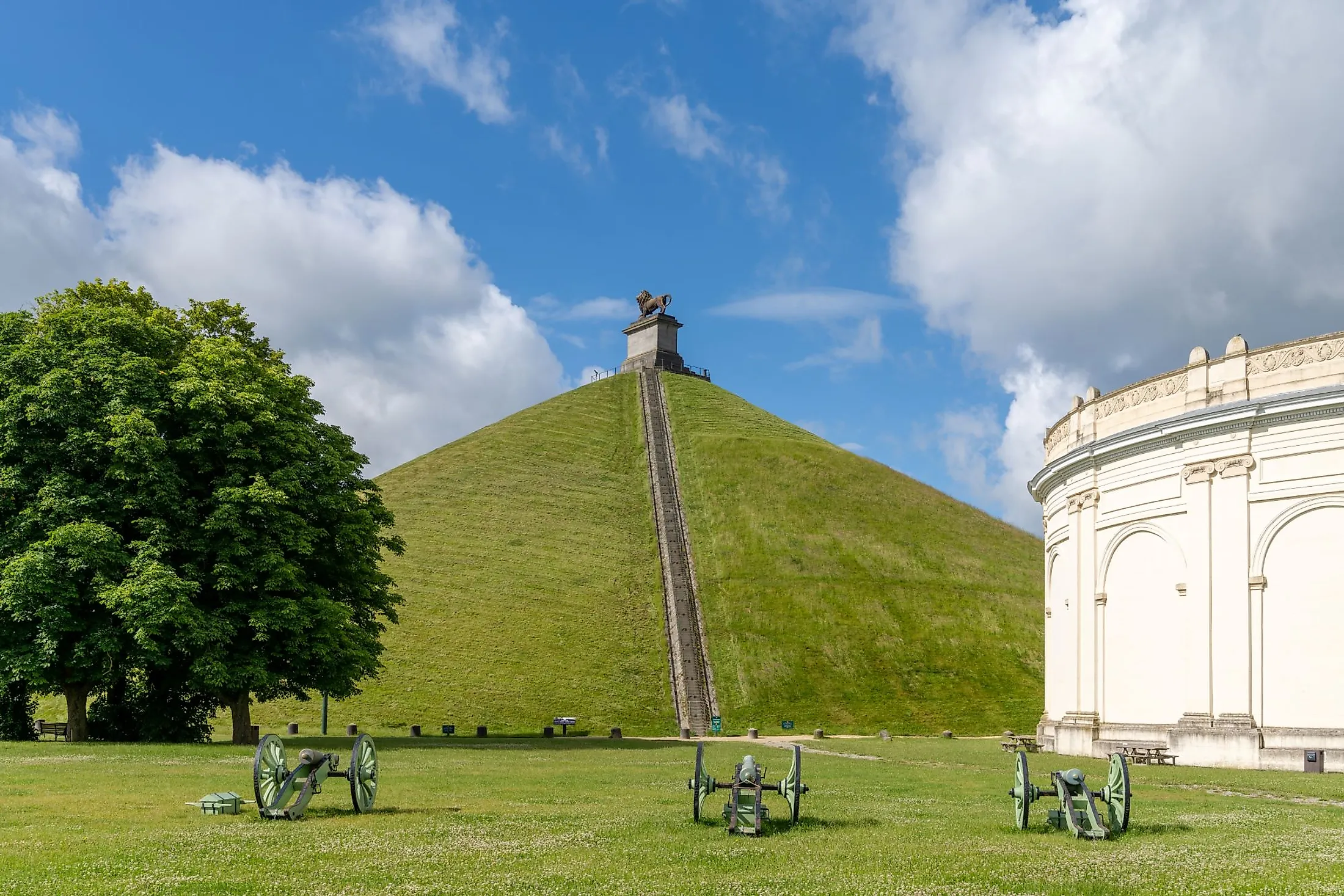
Battle of Waterloo 1815
The fiercest fighting occurred in the Napoleonic Wars, and of them, the Battle of Waterloo was the crown jewel. Two decades of warfare built up to this moment which would decide the future of Europe, and the world of today would look unimaginably different had the results been different. Napoleon is the pivotal figure, a legend even, at the heart of this destructive tale. France incurred the wrath of over 6 nations, each of which had personal stakes in this clash that took place on June 18 of 1815. Time and time again, coalitions had risen to challenge the increasing expansion of the newfound French Empire only to be overwhelmed with humiliating and costly defeats. At the Battle of Waterloo, the tide would finally turn.
Background Of Battle Of Waterloo 1815
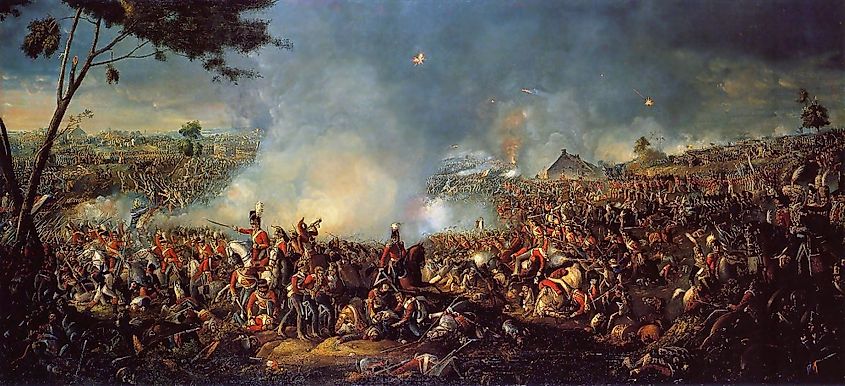
The French Revolution was the catalyst for every event that transpired up until the Battle of Waterloo. The French Republic toppled the monarchy by executing their king and invited retaliation from the dead monarch’s allies. Other nations also joined the coalitions attacking France, hoping for a quick payout through the seizure of land and assets. France stood their ground during the coalition wars that began in 1792, and by 1804 Napoleon had ascended the political ladder of France and declared himself Emperor. His tactical brilliance bought France not just survival, but immense amounts of territory and influence.
Napoleon waged an economic war against untouchable Britain by using conquered territories, which also were useful as a buffer zone and as a source of conscripts, in continental Europe. Finally, the Sixth Coalition of nations pushed Napoleon to Paris, deposed him on April 4, 1814, and banished him to the island of Elba. This was not the end: after 9 months in exile, Napoleon snuck to the mainland with a small regiment, picked up volunteers along the way, and ultimately retook his imperial seat in Paris on March 20, 1815. Naturally, a Seventh Coalition formed, and the tension accumulated until either side stood facing the other at the Battle of Waterloo.
Belligerents
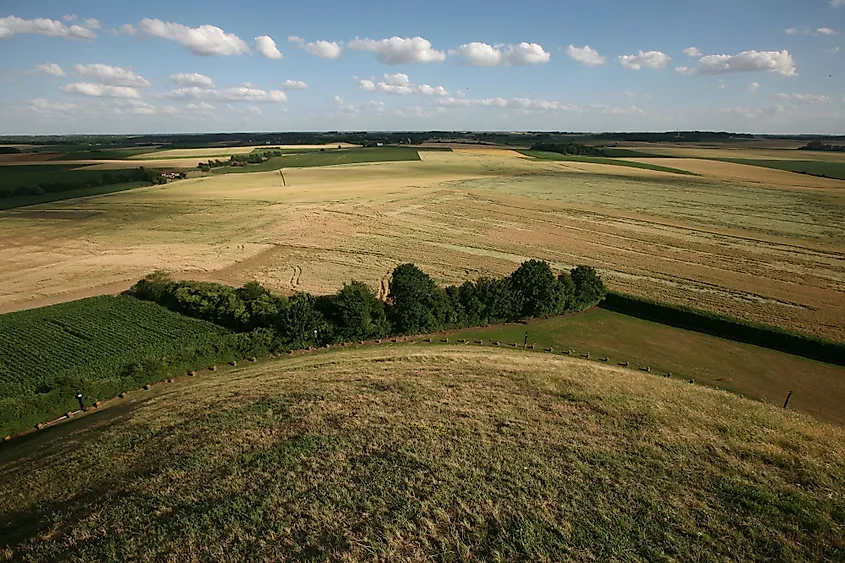
Battalions from Britain, Prussia, the Netherlands, Nassau, Brunswick, and Hanover stood against Napoleon on the field of Waterloo which is located just south of Brussels. Napoleon chose the region around Brussels to confront the core of this “Seventh Coalition” before reinforcements from Spain, Austria, and Russia arrived. In the past, France was reinforced by the armies of vassal states or by Spanish troops, but on this occasion, France stood alone. The chances of success were not nil, however: before his first abdication, Napoleon had fought off armies of nearly five times the size of his 80 thousand force during his Six Days’ campaign. Therefore, his troop of 72 thousand possessed the potential to ultimately overwhelm the Seventh Coalition’s army of 118 thousand.
Arrangements Before 11:35 AM
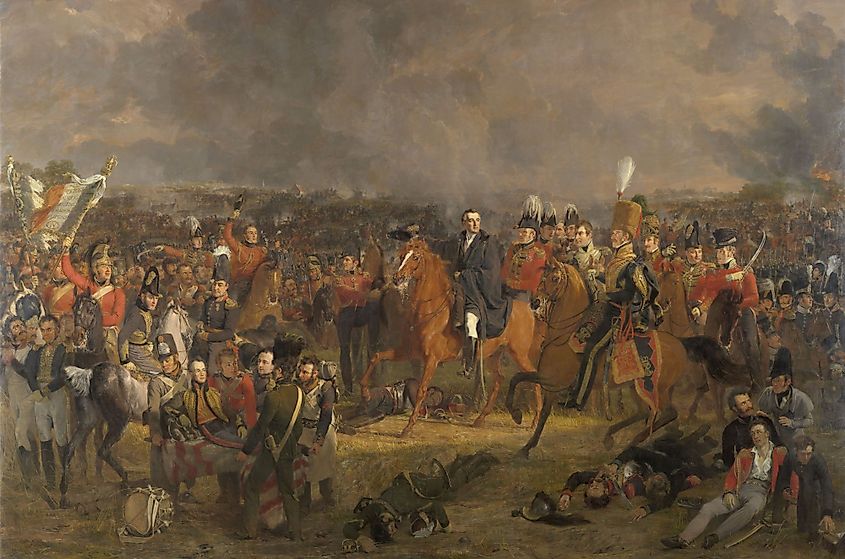
Heavy rains kicked up mud during the night before June 18, frustrating the positioning of artillery on either side. The Duke of Wellington, leader of the Coalition army, deceptively positioned his forces along a ridge that spanned the length of the battlefield. Entrenched soldiers operated in clusters on the sides and along the interior of the trench, meaning that any attack would either face a fortified resistance or be caught between those groups. Napoleon misunderstood where Wellington was exactly located and ordered a few squads to march on a nearby village while the main French force formed on a similar ridge to the south. Prussian reinforcements were coming from the east, and Napoleon hoped he could push Wellington “back to the sea” before meeting Prussia in battle. After all, until the Prussians arrived, Napoleon had a numerical advantage of a few thousand men and nearly 100 heavy guns.
11:35 To 13:30
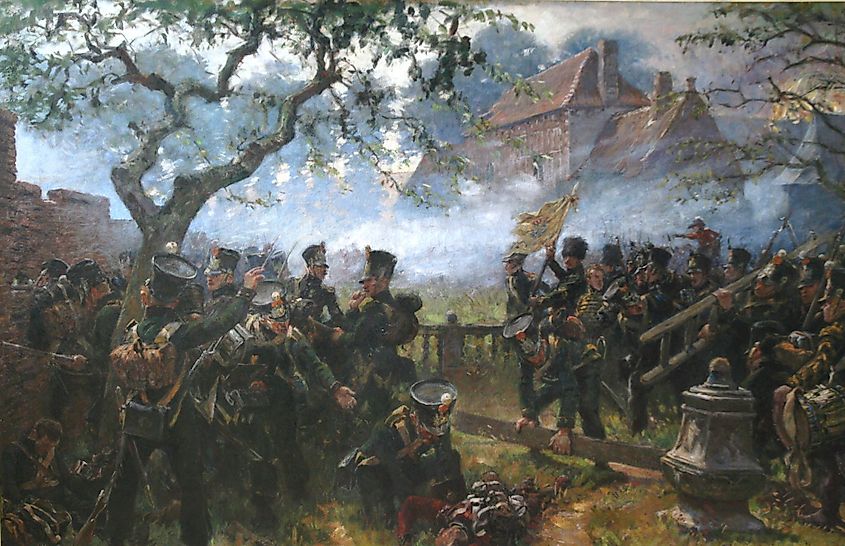
Heavy clashing occurred around the grounds of a small château called Hougoumont, where Napoleon focused his efforts primarily because it was the most visible area of the conflict. The strategy was bizarre, in retrospect, because Wellington’s arrangement was not being challenged or overturned in any meaningful way, albeit he engaged at Hougoumont with fervor all the same. Around 13:00, Wellington almost turned a significant collection of 80 (out of 156) guns towards the site. At that same time, Prussian forces began moving in to bolster Wellington, and Napoleon’s closest marshal was embattled elsewhere which prevented a meaningful interception of the Prussian reinforcement.
13:30 To 15:00
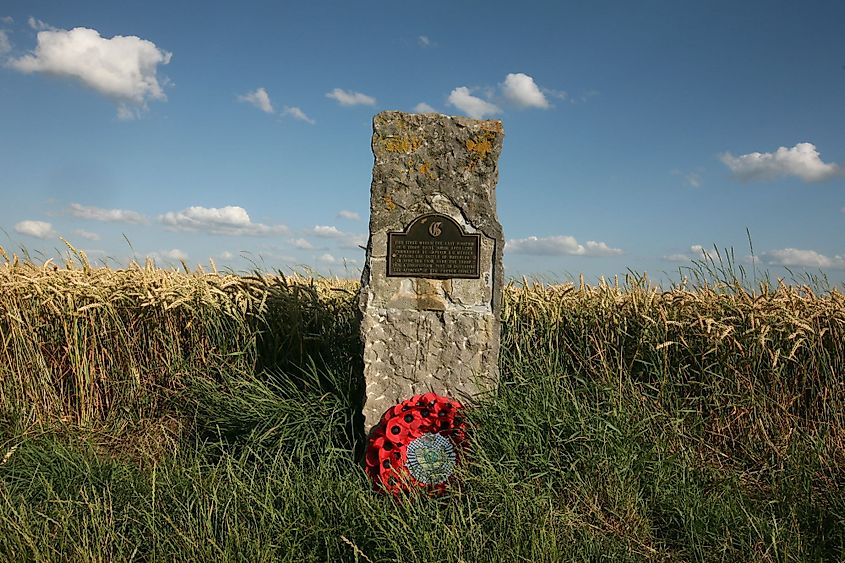
Calvary charges proved unsuccessful in breaking Wellington before Prussian intervention, and a large attack by French infantry was struck down by British guns. Most unusually, the French marched in formations that were weak against Wellington’s defense, and his assistant commanders dealt devastating blows with cavalry rushes on the scattered French foot soldiers. The coalition horsemen then charged recklessly and were punished for it; Sir William Ponsonby was killed alongside 2 and a half thousand calvaries. Regardless, Wellington survived the rush and continued to wait for assistance from Prussia.
15:00 To 17:00
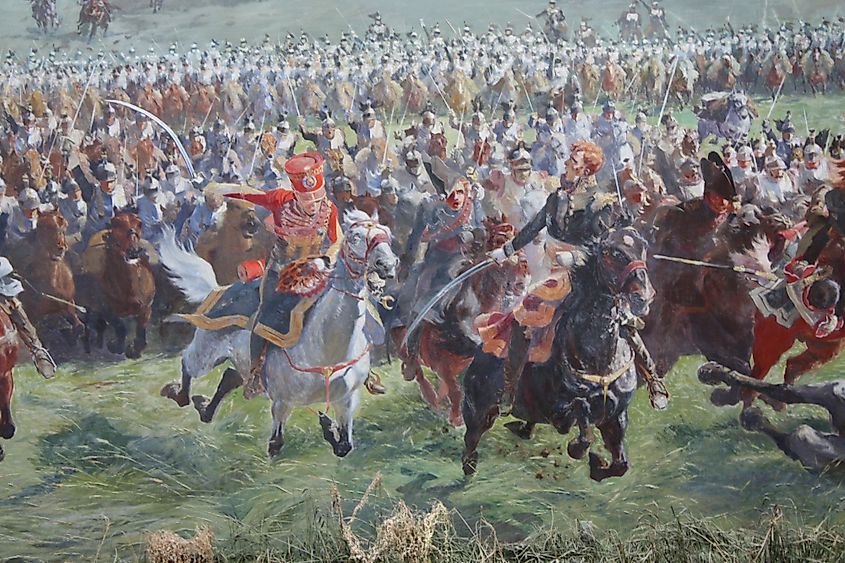
Hougoumont continued to see wave after wave of opposing soldiers clash, but the rest of the battlefield enjoyed a moment of calm around 15:00. After Napoleon ordered his commander, Ney, to take the La Haye Sainte position, Ney prepared a doomed assault. Perceiving weakness in the middle of Wellington’s ridge arrangement, where wounded soldiers shuffled to and fro, Ney charged with the bulk of the French horsemen. The British assumed anti-calvary formations and held the French at bay. The calvary regrouped, returned, and failed again. At that same moment, around 16:30, Prussian divisions commenced a ranged attack on another group of 9000 French horsemen, but a separate French unit managed to divert the Prussian attention.
17:00 To 19:00
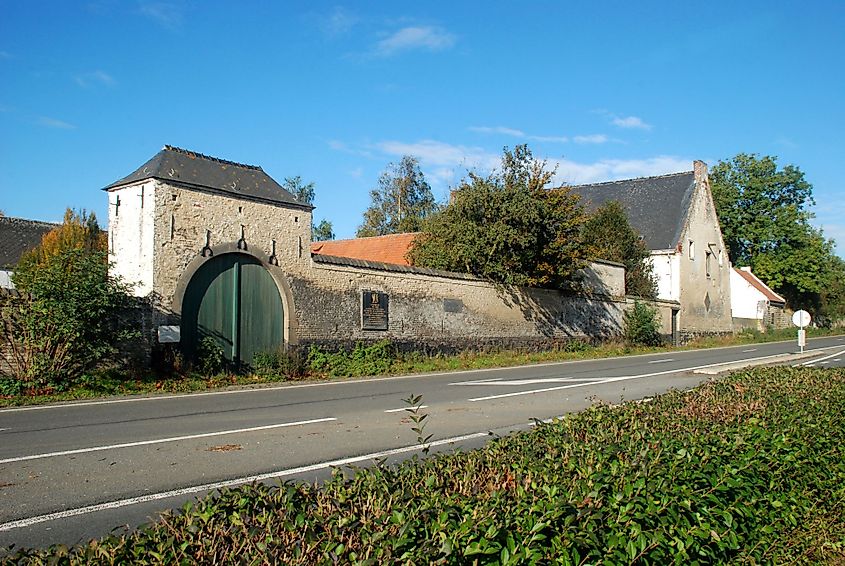
The rest of the French cavalry fell apart during final attempts to progress against the British center. In a last-ditch effort, 6 thousand foot soldiers rushed that same center but guns and exposure resulted in significant casualties. However, coalition soldiers in La Haye Sainte were depleted of ammunition and fell swiftly to the French advance, although they achieved their goal of stalling France throughout the day. Hand-to-hand combat ensued as the opposing armies struggled amidst this break of Wellington’s center. The edges of Wellington’s line were in a fierce contest, with the western Houghoumont still under dispute, but Papelotte had fallen in the east. Napoleon missed an opportunity to subdue Wellington in the center because he reinforced troops in Plancenoit to drive out a Prussian approach.
19:00 To 21:15
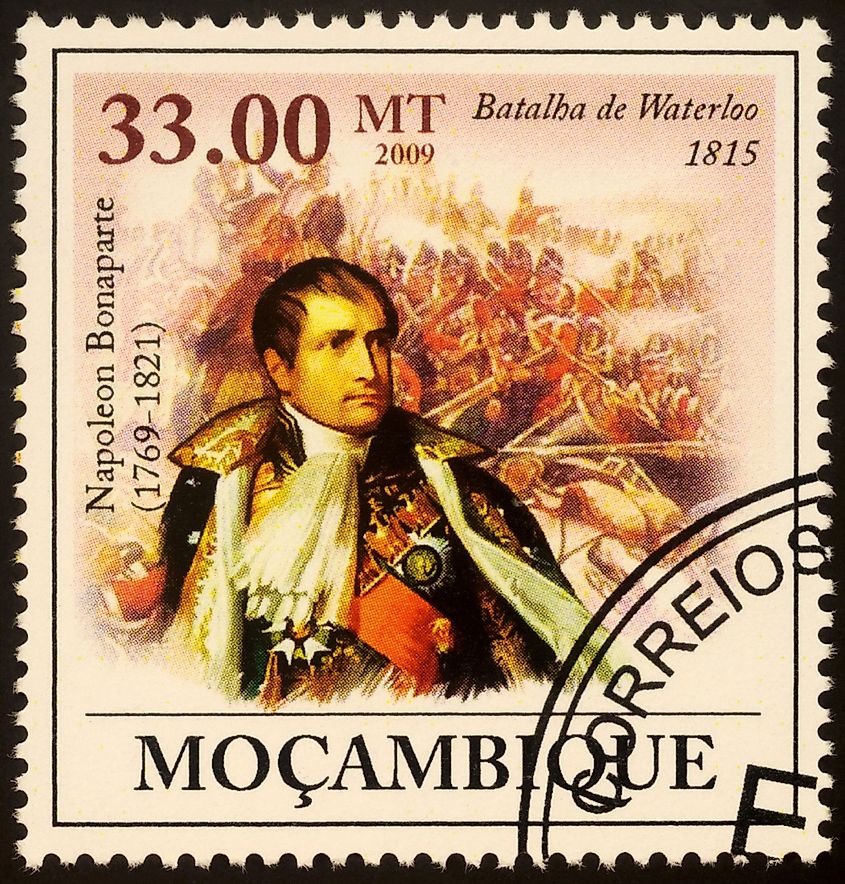
Reinforcements finally came, and the French were driven out of Wellington’s center. Ney attempted a thoughtless counter up the ridge’s open slope (rather than a longer but more protected alternative), which lay in the crosshairs of countless guns, and five French battalions were cut down and scattered. Prussian units squeezed France even tighter, and French soldiers were routed rather than withdrawn. By 20:15, Wellington’s line moved forward and finally broke the French core. Napoleon fled after 21:15 when it became evident that he had lost.
Aftermath Of Battle Of Waterloo 1815
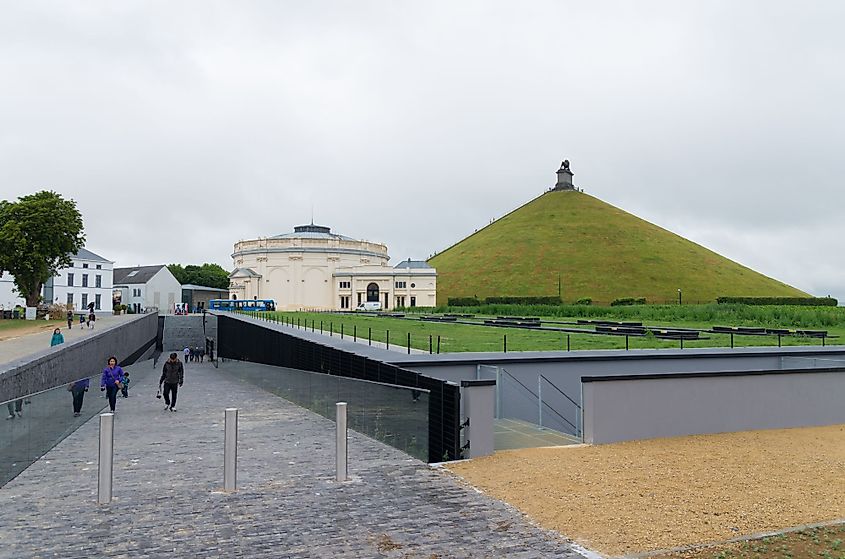
Approximately 25 thousand Frenchmen perished, and 6,000 to 7,000 were captured, or were injured. Nearly as many suffered the same on the coalition side. However, Napoleon abdicated his reign for the second time just three days later, on June 21st. The Seventh Coalition occupied Paris, reenthroned a French monarch, and Napoleon was captured before he could attempt to flee to the United States. His punishment of imprisonment on Saint Helana, the island where he died 6 years later, was a much bleaker fate than his original exile to Elba. The Battle of Waterloo ended Napoleon’s Hundred Day return but inscribed his name in history forever.











